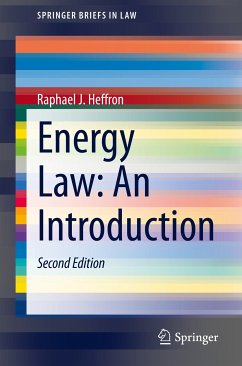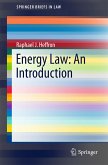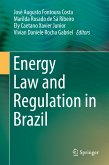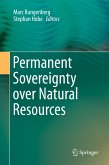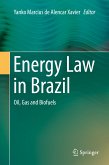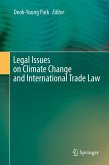The first edition of Energy Law: An Introduction was a great success and this extended second edition is expected to be just as successful. It is used widely as a core text in energy law courses across the world and this second issue adds further discussion on important topics such as energy law principles and drivers. Further, it highlights issues of energy justice, a growing and an emergent topic which is also at the core of the energy law principles and the key drivers of why new energy law is formulated.
The text aims to outline the principles and central logic behind energy law. Therefore, readers from across the world should be able to use it as a guide to thinking about energy law in their own countries. A variety of examples from many different countries are included in the text and while examples and comparisons are mainly from the EU and US, they represent good examples of more advanced and innovative energy law.
For those readers who seek further or more in-depth knowledge, this text will only serve as an introduction. However, a key focus of the book is to direct the reader where they to look for further information and within the book there are suggested extra readings, the key recommended journals to read and other sources of information based on institutions who publish further material in this area.
Overall this second edition of Energy Law: An Introduction aims to inspire students and others to contribute to try and improve energy law acrossthe world and enable us all to contribute in our own small way to delivering a just and sustainable energy world for future generations.
Dieser Download kann aus rechtlichen Gründen nur mit Rechnungsadresse in A, B, BG, CY, CZ, D, DK, EW, E, FIN, F, GR, HR, H, IRL, I, LT, L, LR, M, NL, PL, P, R, S, SLO, SK ausgeliefert werden.

